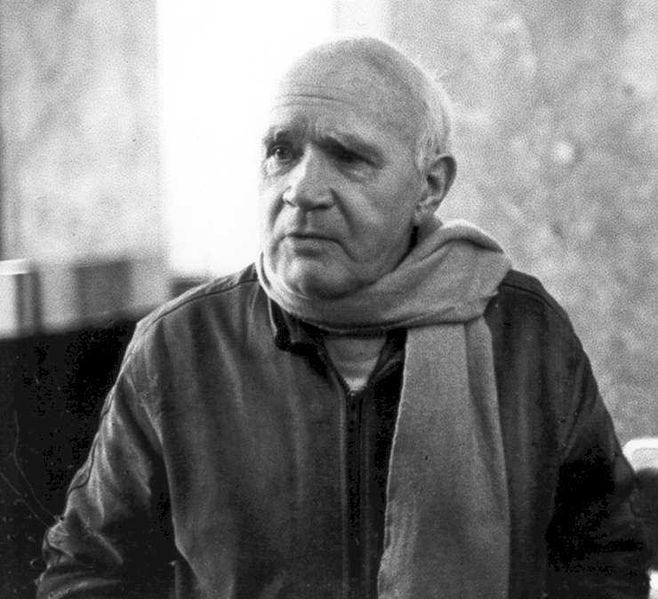Arthur’s Story of Navigating the Post-Secondary Maze

“[Success] starts with how you look at it, how you position yourself, how you attack the point. Everything is based on how you perceive it and how you want to go about it.” — Arthur
Meet Arthur
Arthur is a college student who is studying IT and cybersecurity with the hopes of opening his own business in the future. Arthur believes in the importance of giving students post-secondary opportunities beyond attending college and acknowledges that success looks different for everyone. Arthur describes himself as independent and hardworking, and he finds his internal drive to be the key to his accomplishments.
Arthur’s Story of Navigating the Post-Secondary Maze
Arthur graduated from a public high school in Chicago in 2017. He is a rising fourth-year student majoring in cybersecurity and information technology through an online degree program at a private for-profit university.
During Arthur’s senior year of high school, he applied to a variety of public and private four-year colleges, but thought his options were limited by his high school. “[My high school] really promoted going for a four-year college [rather than a two-year college] … and didn’t really talk about trades,” said Arthur. “I just feel like they could give you more options than just drilling your head [with four-year colleges].”
“[My high school] really promoted going for a four-year college [rather than a two-year college] … and didn’t really talk about trades… I just feel like they could give you more options than just drilling your head [with four-year colleges].”
Although Arthur did not have many formal opportunities to learn about trades, he did participate in a fellowship program that provided him with academic support and leadership development throughout most of high school. During the fellowship, he was exposed to the world of finance and business on professional and practical levels, and he was paired with a mentor working in the field.
He remembered aspects of the program as more useful than some of the educational experiences he had at his high school. “The goal is to get kids to go to a college and graduate,” Arthur said, but “at the end of the day, you also want to make sure that kids are doing what they love.” He wondered if more exposure to different trades and professions might help high school students understand their post-secondary goals earlier on.
When he was deciding between colleges, “it was strictly about whether I could afford it financially, and whether they would help me out in that area,” said Arthur, rather than whether or not they were a good fit for him and his career aspirations. Ultimately, Arthur decided to attend a private four-year university because he received a full-ride scholarship to attend that institution. In his first year, he majored in civil engineering.
“It was strictly about whether I could afford it financially, and whether they would help me out in that area.”
However, Arthur later discovered that his tuition was going to increase each year, and that his financial aid would stay flat, forcing him to take out loans.
This was not the only challenge Arthur faced during his time at this college. “I couldn’t really focus on my classes because I was trying to move around, I was trying to move dorm halls so much because we kept getting threats of getting fines, and it [would] be over ridiculous stuff.”
Arthur also felt as though his four-year college, which was a predominantly White institution, had students from a number of different backgrounds but did not create opportunities for different groups of students to bond. “I feel like they could have [done] more to mix [us] together,” Arthur explained, “so that way we would feel comfortable talking to each other.”
“I feel like they could have [done] more to mix [us] together… so that way we would feel comfortable talking to each other.”
Arthur also described his college’s style of teaching as vastly different than what he had been used to during high school. This meant that along with pressure from his financial aid and living situations, Arthur was also expected to learn an entirely new teaching style.
“They had been taught that way their entire lives, and I was used to just a different way [of teaching] and to jump from something I had been doing since first grade through all the way through high school,” he said. “It was a real switch for me. And… I would say it was a struggle.”
After facing these academic, social, and financial challenges at his four-year college, Arthur transferred to a local two-year college in Chicago for the fall semester of his second year. He decided to change his major to criminal justice, started playing baseball, and worked in the library.
Arthur attributed these new forms of campus involvement to his relatively smooth transition to campus. Not only did he feel like he was an integral part of his new college, but these activities helped him afford it, too. He noted that baseball was not just an extracurricular, but also a way for him to get scholarships and eventually transfer to a four-year university to play baseball.
In addition, Arthur felt that the counselors at his two-year college were more connected to the student body than at his last college. “[My two-year college] was smaller so they actually focused on their student body a little bit more than [my last college],” he said. “They were more integrated with you and what you were doing.” Arthur also recalled receiving resumé building help from one of his instructors and found this one-on-one support to be very helpful.
“[My two-year college] was smaller so they actually focused on their student body a little bit more than [my last college]… They were more integrated with you and what you were doing.”
In the spring, Arthur transferred to another two-year college in Chicago where he received an even larger scholarship to play baseball. However, the COVID-19 pandemic began shortly thereafter, and he decided to once again transfer, this time to an online degree program with a private for-profit four-year university. Arthur described his transfer processes as relatively simple, with his credits transferring successfully from college to college.
At his current university, Arthur has thrived academically with support from his professors and counselors. He described his counselor at his new four-year college as the best he has ever worked with. “I have professors that actually reach out to me,” he said. In addition, he noted that attending college virtually has strengthened his capacity to manage his own schedule, workload, and time. Arthur is optimistic going into this upcoming school year and hopes to create his own cybersecurity business after graduation.
“I have professors that actually reach out to me.”
What Worked For Arthur
- Receiving consistent financial aid. At his first college, Arthur was concerned about unexpected tuition hikes and the resultant burden of student loans. Arthur described feeling worried and unmotivated because of these factors. After transferring to a two-year college, he was able to find scholarships and extracurricular activities to avoid getting loans.
- A flexible schooling format. At his first four-year university, Arthur found it difficult to adjust to new teaching styles. However, at his virtual four-year university, Arthur actually strengthened his academic skills, which enabled him to thrive.

Arthur’s Hopes for the Field
- High Schools: Arthur would have appreciated receiving more professional support early on in high school, such as career-oriented courses. Arthur also would have liked his high school to provide students with information about professional and vocational paths beyond college so students can form career aspirations and make informed decisions about their future.
- Colleges: During Arthur’s time in his first college, he needed financial aid that consistently met his estimated family contribution throughout his undergraduate journey. Arthur also felt as though his first four-year college could have found strategies to integrate students across race, gender identity, class, and sexual orientation when they first arrived on campus.
Read other students’ stories of navigating the post-secondary maze:
- Nancy is a Latinx, first-generation college student from Brighton Park. She immediately enrolled in a four-year college after high school graduation, transferred to a two-year college, and is currently enrolled in another four-year college. Read her story.
- Amayrani is a Latinx, first-generation college student who graduated from a selective enrollment public high school and immediately enrolled in a two-year college. She took two semesters off during the pandemic. Read her story.
- Moises is a Mexican American, first-generation college student from West Lawn. He immediately enrolled in a four-year college after high school graduation, transferred to a two-year college, and is currently enrolled in another four-year college. Read his story.
- Kiara is a Belizean American college student from South Shore. She immediately enrolled in an HBCU after high school graduation, transferred to a two-year college, and is currently enrolled in a nursing program at that college. Read her story.
The To&Through Project team would like to express our most sincere gratitude to Arthur for taking the time to share his story with us.
Adayan Munsuarrietta, a third-year student at the University of Chicago majoring in Critical Race and Ethnic Studies as well as Media Arts and Design, interned with the To&Through Project during the summer of 2021, during which he interviewed these five CPS graduates and drafted their stories.









